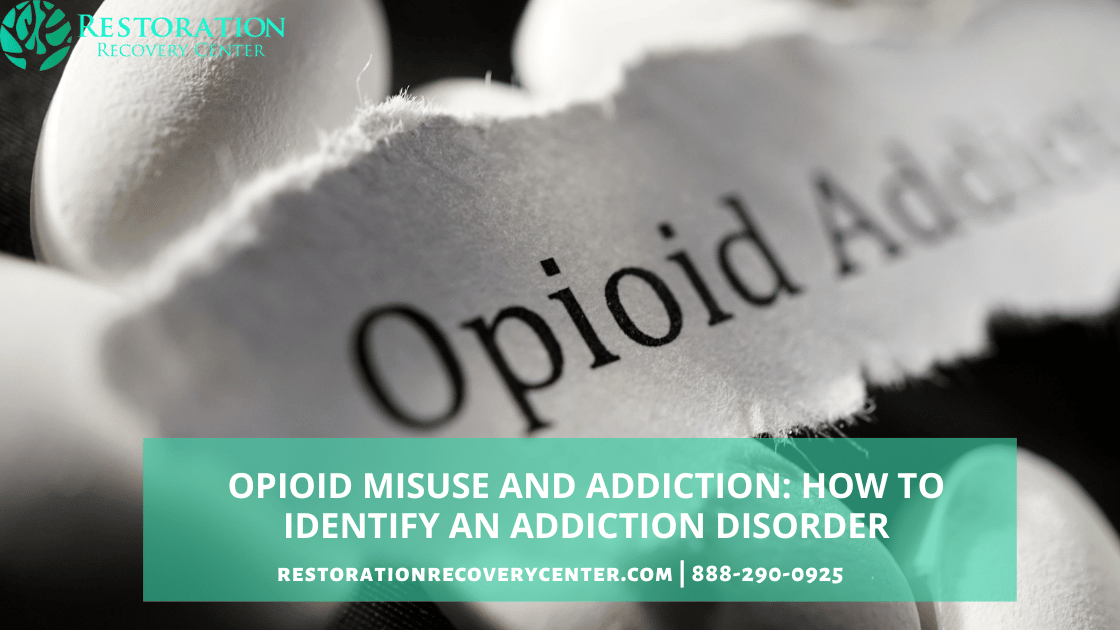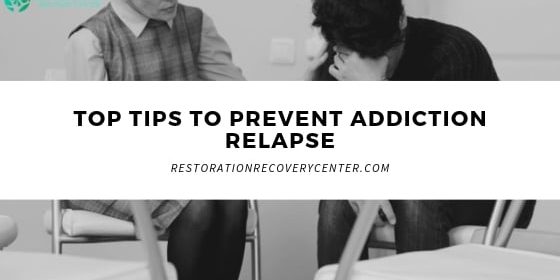Opioid Misuse and Addiction: How To Identify an Addiction Disorder
Addiction to opioid and heroin is a disorder that can lead to a series of harmful behaviors or conditions. If the signs and symptoms of an addiction problem are identified in good time, then an individual has better chances of getting the treatment they need to get their lives back on track.
Opioid misuse and addiction is diagnosed under a category referred to as “substance-related addictive disorders.”
The primary symptom of addiction to opium is having a problem with repetitive use, which often leads to a series of clinical impairments or distress.
The symptoms vary in different individuals.
An individual with an opioid misuse and addiction problem will find themselves struggling to control their use of the substance. They will continue to use it regardless of the harm it might be inflicting on their health, even if the destructive nature of opium is evident.

opioid misuse and addiction
Repetitive craving of opioids can also be categorized as an addiction problem. Despite expressing a desire to quit using opium, you will find that an individual is unable to stop using it.
The symptoms of addiction can vary from one person to the other. The family history of an individual and their current circumstance also contributes to the extent of the addiction problem.
Psychological symptoms
Symptoms of opioid misuse and addiction that result in mental disorders exhibit the following traits.
- Inability to resist using heroin or pain relievers:
In most cases, the patient would have tried a few times to avoid the substances unsuccessfully. This might be a physiological problem because some substances, such as heroin, can cause a chemical addiction problem, and if the patient attempts to stop using them, they will develop withdrawal symptoms.
Therefore the cycle of using and abusing these substances continues despite harmful implications on the health of the individual. The patients continue using opium even as their health deteriorates.
- Obsession
Obsession is where the patient will do anything literally to obtain opioids and heroin, including stealing money to get them. In most cases, these people always end up on the wrong side of the law.
- Taking risks
A patient with an opioid misuse and addiction problem can take a lot of risks to obtain the substance. Some would go to the extent of trading the substance for sex, or stealing, selling drugs, or becoming beggars to get money for the drugs. When they are under the influence of the substance, they might risk their lives, especially if they are allowed to drive or if they engage in violence.
- Overdosing in the initial stages:
This is a common mistake that people with pain relievers use disorder always make. A person can consume large quantities of painkillers to relieve pain quickly.

opioid misuse and addiction
Physical symptoms
Using drugs repeatedly can impact the normal functions of the body in several ways.
- Withdrawal symptoms:
If a person is used to opioid substances, they will experience some physical symptoms when the levels of the substance drop to a certain level. These symptoms can include cravings, diarrhea, trembling, constipation, seizures, or uncharacteristic behaviors such as violence.
- Changes in appetite:
Some drugs will interfere with a person’s appetite.
- Sleeplessness:
Insomnia is one of the symptoms associated with withdrawal. Abusing illicit opioid stimulants can disrupt the sleeping cycle of an individual. Craving the substance might also force an individual to stay up late or go out in search of the drugs.
If you have noticed any of the above symptoms in your loved one,this is the right time to call California Addiction Treatment Center in Auburn. They will take them through counseling and help them overcome opioid addiction.






